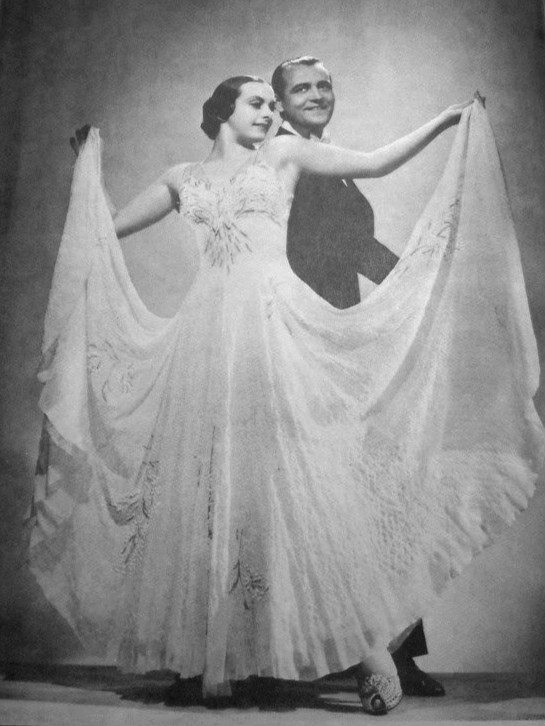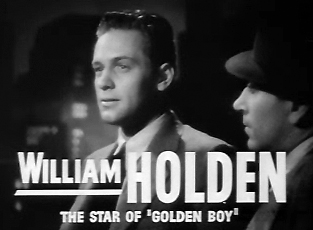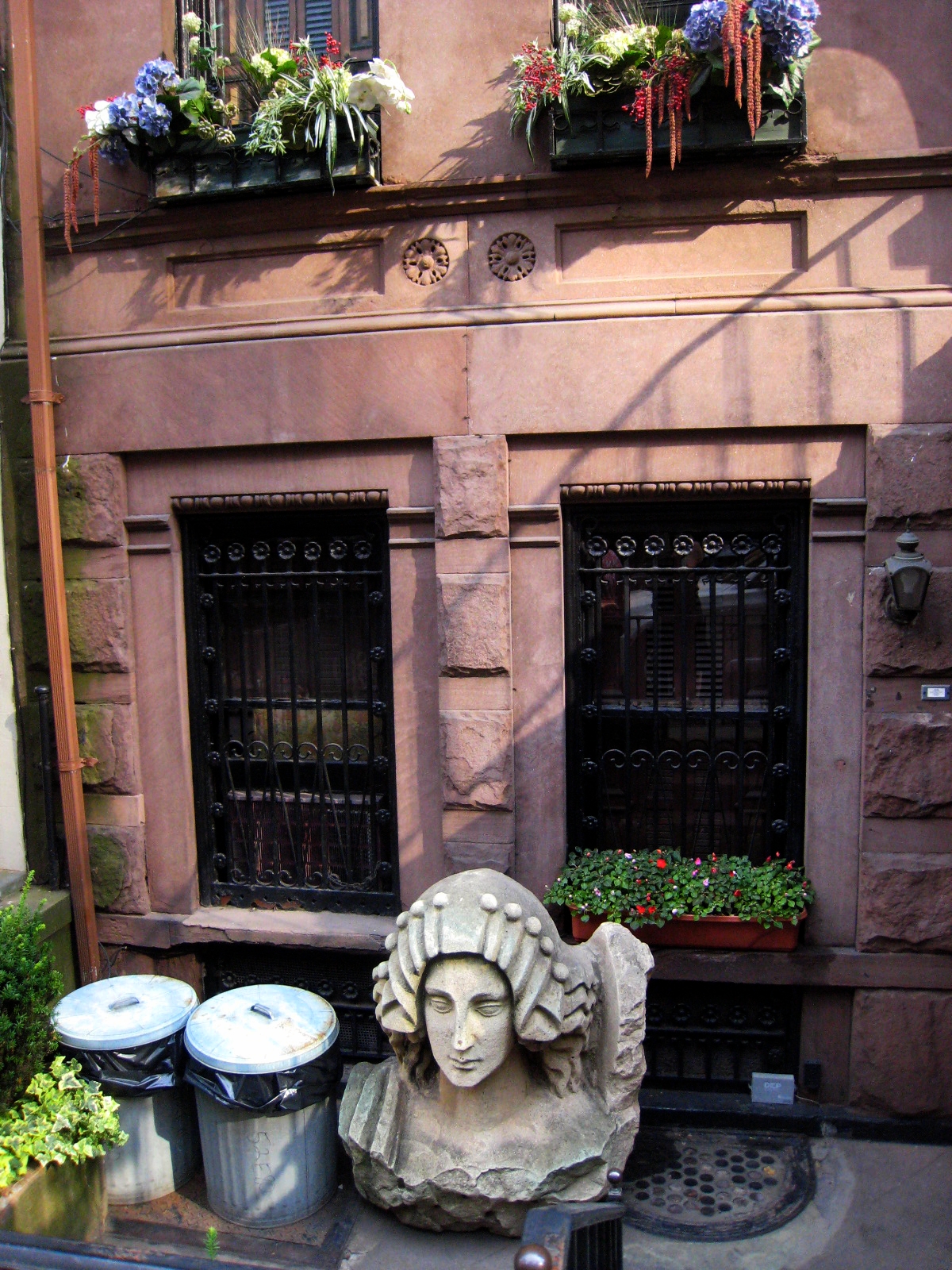|
Frank Veloz
Frank Veloz (1906–1981) and Yolanda Casazza (1908–1995) were a self-taught American ballroom dance team, husband and wife, who became stars in the 1930s and 1940s, and were among the highest paid dance acts during that era. They performed on stage in productions such as ''Hot-Cha!'', which ran for 119 shows on Broadway in 1932. They also appeared in popular films such as ''Under the Pampas Moon'' (1935), ''The Pride of the Yankees'' (1942), ''Honeymoon Lodge'' (1943), ''Brazil'' (1944) and '' The Thrill of Brazil'' (1946), the latter of which is credited as being of major importance to the growth in popularity of Samba in America. Veloz and Yolanda specialized in Latin ballroom dance styles, and opened their own chain of dance studios, where many middle-class people learned the art of ballroom dancing. The studios closed down in the mid-1950s as new forms of dance became popular. Veloz and Yolanda did much to legitimize ballroom dance as a performance art and invented the "Cob ... [...More Info...] [...Related Items...] OR: [Wikipedia] [Google] [Baidu] |
Veloz And Yolanda 1 , a multi-purpose vehicle marketed by Toyota since 2021 as the successor to the Avanza Veloz (2011–2021)
{{Disambiguation, surname ...
Veloz may refer to: People with the surname * Ermes Espinoza Veloz (born 1987), Cuban chess grandmaster * Frank Veloz (1906–1981), American ballroom dancer. See Veloz and Yolanda * Jean Veloz (1924-2023), American dancer and actress * Juan Veloz (born 1982), Mexican swimmer * Julissa Veloz (born 1988), American singer and musician Vehicles * Toyota Veloz The Toyota Avanza and Daihatsu Xenia are cars developed by Daihatsu and marketed by both Toyota and Daihatsu. It is a multi-purpose vehicle (MPV) and mainly sold with three-row seating. The Avanza and Xenia were developed as an entry-level MPV ... [...More Info...] [...Related Items...] OR: [Wikipedia] [Google] [Baidu] |
Phil Baker (comedian)
Phil Baker (August 26, 1896 – November 30, 1963) was an American comedian and emcee on radio. Baker was also a vaudeville actor, composer, songwriter, accordionist and author. Biography He was born on August 26, 1896, in Philadelphia, Pennsylvania. Baker went to school in Boston, and his first stage appearance was in a Boston amateur show. Baker began in vaudeville playing the piano for violinist Ed Janis, and he was 19 when he teamed with Ben Bernie for the vaudeville act "Bernie and Baker." This originally was a serious musical act with Baker on accordion and Bernie on violin but eventually ended up with comic elements. After breaking with Bernie shortly after World War I, Baker partnered with Sid Silvers up until 1928. Baker went on to pursue a successful solo career. His solo act included him singing, playing the accordion, telling jokes and being heckled by a planted audience member called Jojo. With this act, Baker played the Palace Theatre in 1930 and 1931. In 1 ... [...More Info...] [...Related Items...] OR: [Wikipedia] [Google] [Baidu] |
Chicago
(''City in a Garden''); I Will , image_map = , map_caption = Interactive Map of Chicago , coordinates = , coordinates_footnotes = , subdivision_type = Country , subdivision_name = United States , subdivision_type1 = State , subdivision_type2 = Counties , subdivision_name1 = Illinois , subdivision_name2 = Cook and DuPage , established_title = Settled , established_date = , established_title2 = Incorporated (city) , established_date2 = , founder = Jean Baptiste Point du Sable , government_type = Mayor–council , governing_body = Chicago City Council , leader_title = Mayor , leader_name = Lori Lightfoot ( D) , leader_title1 = City Clerk , leader_name1 = Anna Valencia ( D) , unit_pref = Imperial , area_footnotes = , area_tot ... [...More Info...] [...Related Items...] OR: [Wikipedia] [Google] [Baidu] |
Rita Hayworth
Rita Hayworth (born Margarita Carmen Cansino; October 17, 1918May 14, 1987) was an American actress, dancer and producer. She achieved fame during the 1940s as one of the era's top stars, appearing in 61 films over 37 years. The press coined the term "The Love Goddess" to describe Hayworth after she had become the most glamorous screen idol of the 1940s. She was the top pin-up girl for GIs during World War II. Hayworth is perhaps best known for her performance in the 1946 film noir ''Gilda'', opposite Glenn Ford, in which she played the '' femme fatale'' in her first major dramatic role. She is also known for her performances in ''Only Angels Have Wings'' (1939), ''The Strawberry Blonde'' (1941), '' Blood and Sand'' (1941), ''The Lady from Shanghai'' (1947), '' Pal Joey'' (1957), and ''Separate Tables'' (1958). Fred Astaire, with whom she made two films, ''You'll Never Get Rich'' (1941) and ''You Were Never Lovelier'' (1942), once called her his favorite dance partner. She also ... [...More Info...] [...Related Items...] OR: [Wikipedia] [Google] [Baidu] |
Tango
Tango is a partner dance and social dance that originated in the 1880s along the Río de la Plata, the natural border between Argentina and Uruguay. The tango was born in the impoverished port areas of these countries as the result of a combination of Rioplatense Candombe celebrations, Spanish-Cuban Habanera, and Argentine Milonga. The tango was frequently practiced in the brothels and bars of ports, where business owners employed bands to entertain their patrons. The tango then spread to the rest of the world. Many variations of this dance currently exist around the world. On August 31, 2009, UNESCO approved a joint proposal by Argentina and Uruguay to include the tango in the UNESCO Intangible Cultural Heritage Lists. History Tango is a dance that has influences from African and European culture. Dances from the candombe ceremonies of former African enslaved people helped shape the modern day tango. The dance originated in lower-class districts of Buenos Aires and Montev ... [...More Info...] [...Related Items...] OR: [Wikipedia] [Google] [Baidu] |
Warner Baxter
Warner Leroy Baxter (March 29, 1889 – May 7, 1951) was an American film actor from the 1910s to the 1940s. Baxter is known for his role as the Cisco Kid in the 1928 film ''In Old Arizona'', for which he won the Academy Award for Best Actor at the 2nd Academy Awards. He frequently played womanizing, charismatic Latin bandit types in Westerns, and played the Cisco Kid or a similar character throughout the 1930s, but had a range of other roles throughout his career. Baxter began his movie career in silent films with his most notable roles being in ''The Great Gatsby'' (1926) and ''The Awful Truth'' (1925). Baxter's most notable talkies are In Old Arizona (1929), '' 42nd Street'' (1933), ''Slave Ship'' (1937) with Wallace Beery, ''Kidnapped'' (1938) with Freddie Bartholomew, and the 1931 ensemble short film, ''The Stolen Jools''. In the 1940s, he was well known for his recurring role as Dr. Robert Ordway in the '' Crime Doctor'' series of 10 films. For his contributions to the mo ... [...More Info...] [...Related Items...] OR: [Wikipedia] [Google] [Baidu] |
George Raft
George Raft (born George Ranft; September 26, 1901 – November 24, 1980) was an American film actor and dancer identified with portrayals of gangsters in crime melodramas of the 1930s and 1940s. A stylish leading man in dozens of movies, Raft is remembered for his gangster roles in ''Quick Millions (1931 film), Quick Millions'' (1931) with Spencer Tracy, ''Scarface (1932 film), Scarface'' (1932) with Paul Muni, ''Each Dawn I Die'' (1939) with James Cagney, ''Invisible Stripes'' (1939) with Humphrey Bogart, Billy Wilder's comedy ''Some Like It Hot'' (1959) with Marilyn Monroe and Jack Lemmon, and as a dancer in ''Bolero (1934 film), Bolero'' (1934) with Carole Lombard and a truck driver in ''They Drive by Night'' (1940) with Ann Sheridan, Ida Lupino and Bogart. Raft said he never regarded himself as an actor. "I wanted to be me," he said. Early life and career George Raft was born in Hell's Kitchen, Manhattan, Hell's Kitchen, New York City, to a family of German descent, the son ... [...More Info...] [...Related Items...] OR: [Wikipedia] [Google] [Baidu] |
Rumba (1935 Film)
''Rumba'' is a 1935 musical drama film starring George Raft as a Cuban dancer and Carole Lombard as a Manhattan socialite. The movie was directed by Marion Gering and is considered an unsuccessful follow-up to Raft and Lombard's smash hit ''Bolero'' the previous year. Plot In Havana, Cuba, an American dancer called Joe Martin has a winning lottery ticket. However wealthy socialite Diana Harrison also has a lottery ticket with the same number. Joe's ticket is counterfeit so he misses out on the money. Diana feels sorry for him and offers to back him in his own night club but then changes her mind after he tries to seduce her. Joe then discovers the rumba dance when he visits his home town during a fiesta. He gets financial backing from a Texan to establish a new nightclub with Flash, his manager. Joe dances the rumba with Carmelita and is a big success. Diana goes to opening night with her boyfriend Hobart Fletcher. She dances with Joe and they fall in love. However Carmelita hel ... [...More Info...] [...Related Items...] OR: [Wikipedia] [Google] [Baidu] |
Shubert Brothers
The Shubert family was responsible for the establishment of the Broadway district, in New York City, as the hub of the theater industry in the United States. They dominated the legitimate theater and vaudeville in the first half of the 20th century, promoting entertainment attuned to the popular taste. History The family's American history began with Duvvid Schubart (transliterated to "Shubert") and his wife Katrina (Gitel) Helwitz, who left their native town Vladislavov, Russian Empire (now Kudirkos Naumiestis, Lithuania) arriving in New York City from Hamburg, via England, on June 12, 1881 on the s/s ''Spain'' with their eight children. Two of them subsequently died. Later they settled in Syracuse, New York."Shubert Brothers" pbs.org, accessed August 29, 2009Kenrick, Joh [...More Info...] [...Related Items...] OR: [Wikipedia] [Google] [Baidu] |
Ziegfeld Theatre (1927)
The Ziegfeld Theatre was a Broadway theatre located at 1341 Sixth Avenue, corner of 54th Street in Manhattan, New York City. It was built in 1927 and, despite public protests, was razed in 1966. History With a seating capacity of 1,638, the Ziegfeld Theatre was named for the famed Broadway impresario Florenz Ziegfeld, Jr., who built it with financial backing from William Randolph Hearst. Designed by Joseph Urban and Thomas W. Lamb, it opened February 2, 1927, with the musical '' Rio Rita''. The theater's second show was also its most famous—Jerome Kern's landmark musical ''Show Boat'', which opened December 27, 1927, and ran for 572 performances. Due to the decline in new Broadway shows during the Great Depression, the theater became the Loew's Ziegfeld in 1933 and operated as a movie theater until showman Billy Rose bought it in 1944. NBC leased the Ziegfeld Theatre for use as a television studio from 1955 to 1963. The '' Perry Como Show'' was broadcast from the theater be ... [...More Info...] [...Related Items...] OR: [Wikipedia] [Google] [Baidu] |
Musical Comedy
Musical theatre is a form of theatrical performance that combines songs, spoken dialogue, acting and dance. The story and emotional content of a musical – humor, pathos, love, anger – are communicated through words, music, movement and technical aspects of the entertainment as an integrated whole. Although musical theatre overlaps with other theatrical forms like opera and dance, it may be distinguished by the equal importance given to the music as compared with the dialogue, movement and other elements. Since the early 20th century, musical theatre stage works have generally been called, simply, musicals. Although music has been a part of dramatic presentations since ancient times, modern Western musical theatre emerged during the 19th century, with many structural elements established by the works of Gilbert and Sullivan in Britain and those of Harrigan and Hart in America. These were followed by the numerous Edwardian musical comedies and the musical theatre w ... [...More Info...] [...Related Items...] OR: [Wikipedia] [Google] [Baidu] |




_1.jpg)


